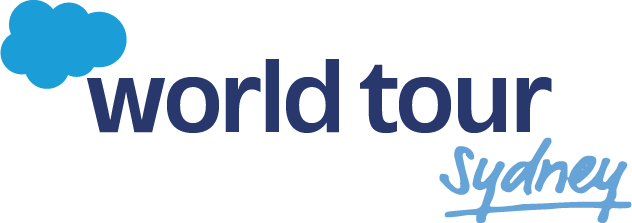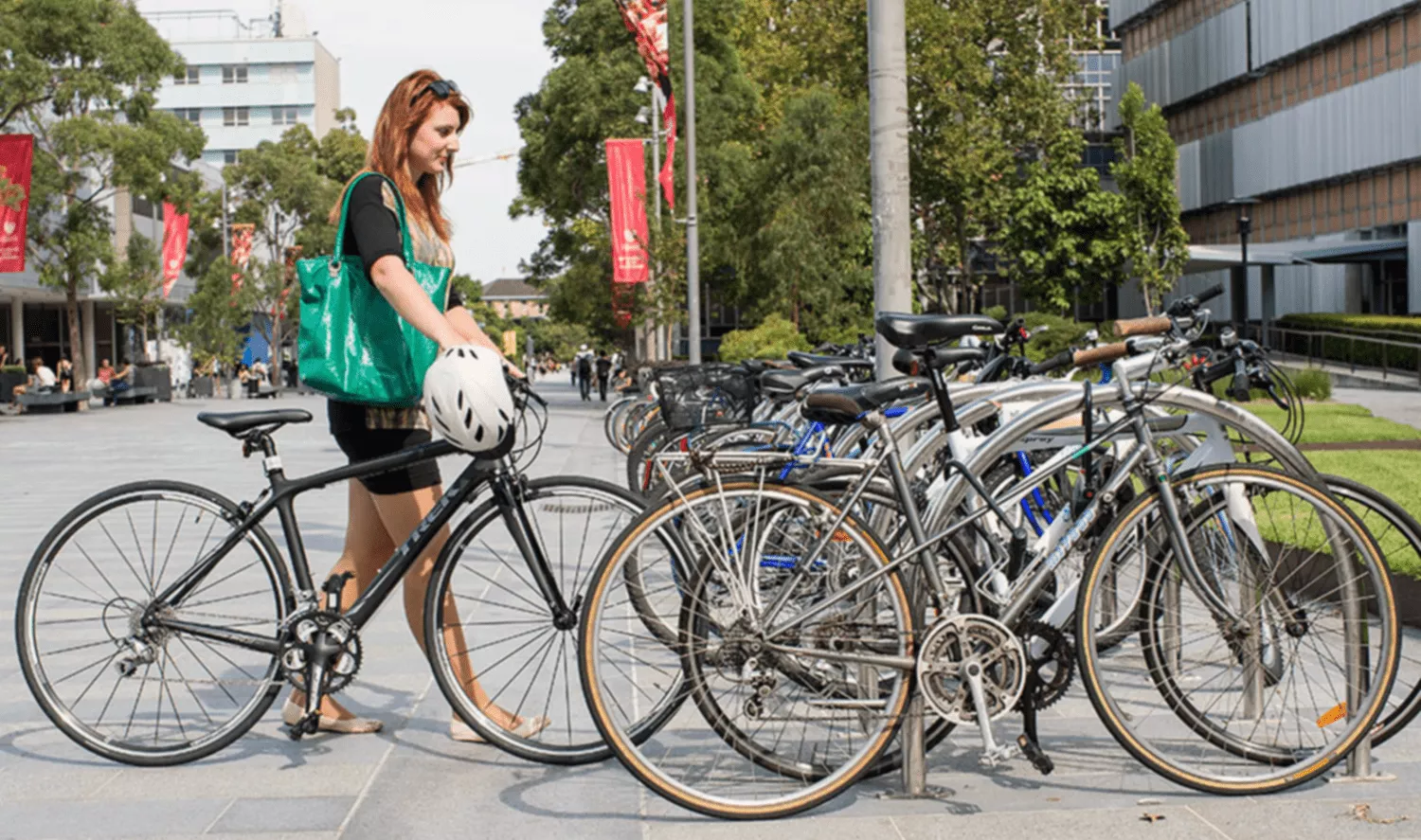CUSTOMER-LED Session
Salesforce World Tour Sydney | ICC Sydney
Live presentation at Partner Theatre 2 | 10:30am – 10:50am | 1 March 2023

Simplus has partnered with the University of Sydney on four initiatives across wellbeing, advancement, future state design and ongoing management. At Salesforce World Tour Sydney, Dr Benjamin Wilkes, Head of Student Wellbeing, University of Sydney chats with Dr Jocelyne Bouzaid, Training Lead, Simplus A/NZ about the university’s new Student Wellbeing and Support Case Management System.
How the University of Sydney is building Safer Communities and retaining students
Student wellbeing is crucial to academic success and, Dr Benjamin Wilkes says, students are more likely to step away from their studies following distressing incidents. Here’s how Wilkes and his team at the University of Sydney are creating a human-centred system for reporting trauma, and supporting students and practitioners.
Early in my role at the University of Sydney, my team and I had to open no fewer than nine systems to work through a referral from a student reporting an incident of distress. And the student or staff member relating the incident could be faced with any one of 17 versions of the form required for them to report their experience.
A key goal of the Safer Communities project, then, has been to create a system that allows us to have a more complete picture of a student and all their needs so we can address them in an integrated and holistic way. From the point of referral and across the entire period of care, we want to put the right information in front of the proper practitioner in an appropriate way so they can make not only healthy care decisions but healthy interaction decisions.Dr Benjamin Wilkes, Head – Student Wellbeing, Education, University of Sydney
We know that student wellbeing is crucial to academic success and that students who experience distressing incidents are more likely to step away from their studies. So building a program that enables us to intervene before students find themselves at crisis point, and to reduce the occurrence of serious incidents and properly support those who’ve experienced them, is critical to giving students the best possible chance at completing their studies.
Making a human-centred system
We are currently about one year on from discovery; we’re in the final stages of building that early intervention and student support system. We’ve reduced those nine systems to one system and 17 different variations of reporting forms to one common experience.
We are undergoing user testing to ensure the process of reporting is human-centred and requires minimal effort. Our goal is to create a system that allows those reporting distressing incidents to feel supported and confident the University will act on their report.
Indeed, one of our biggest challenges is to balance the mechanical nature of a systemised recording program with the need for it to feel like a natural experience for those communicating under difficult circumstances.
From a staff point of view, the challenge is that a sophisticated system often presents more than one way of doing something. So we are constantly reviewing how to use quick links or shortcuts so that a staff member doesn’t have to count the number of contacts, sessions or people involved in an incident. The point is to get the system to act quickly with the information it has so we can focus on the human interaction.
For someone reporting an incident, having a dynamic form linked to a CRM makes for a much smoother experience and, importantly, allows them to make choices along the way about how much they want to submit at the given time. We need to take into account that not everyone is ready to disclose everything about an experience straight away; it’s critical to enable choice and flexibility about that process, and offer guided support.
Building a responsive and supported community
Safer Communities is one part of a larger program that involves getting all the wellbeing services connected under the same system. It also involves building a wider campaign with the University community about respect and responsibility.
We can’t put the whole responsibility on students who are experiencing distressing interactions. We need to build a community that feels confident and supported to call out unacceptable behaviour and that can actively contribute to a safer campus.
We have been consulting with colleges and residences about the literacy materials that should be made available when the new external-facing forms are launched, and about the most effective and appropriate way to share that information.
There are some 300 clubs and societies at the University and we know that student leaders had been receiving reports of assaults or other unacceptable behaviours, and were having trouble responding to the content of what was being disclosed. So we are co-designing a program with them about how to create safer environments for student events, and a more informed and empowered reporting system.
Bystander training also helps people to understand how they can best respond if they witness threatening behaviour or assault.
Reducing tolerance for unacceptable behaviour, intervening before something escalates and showing consequences early on for inappropriate behaviour are essential parts of creating the safe community that enables students to thrive.






